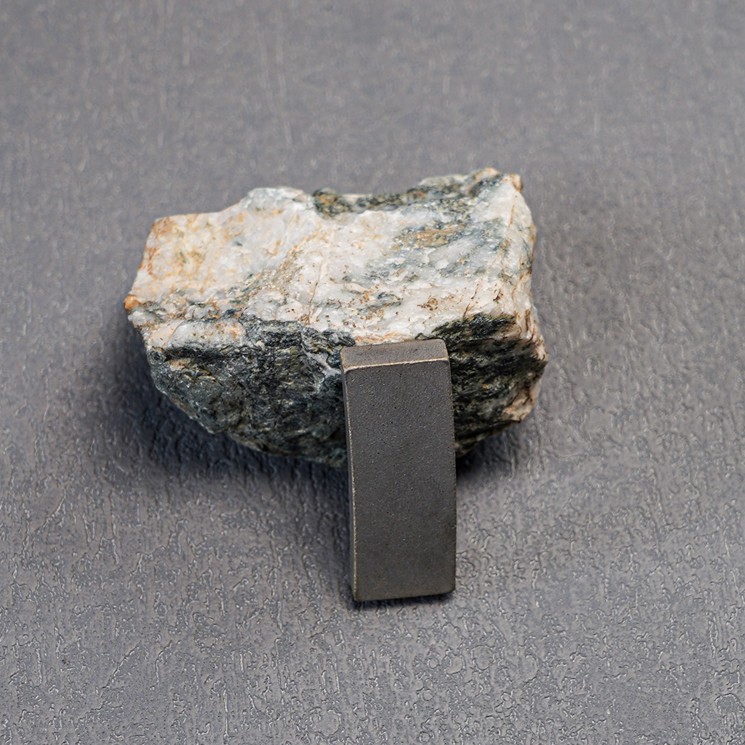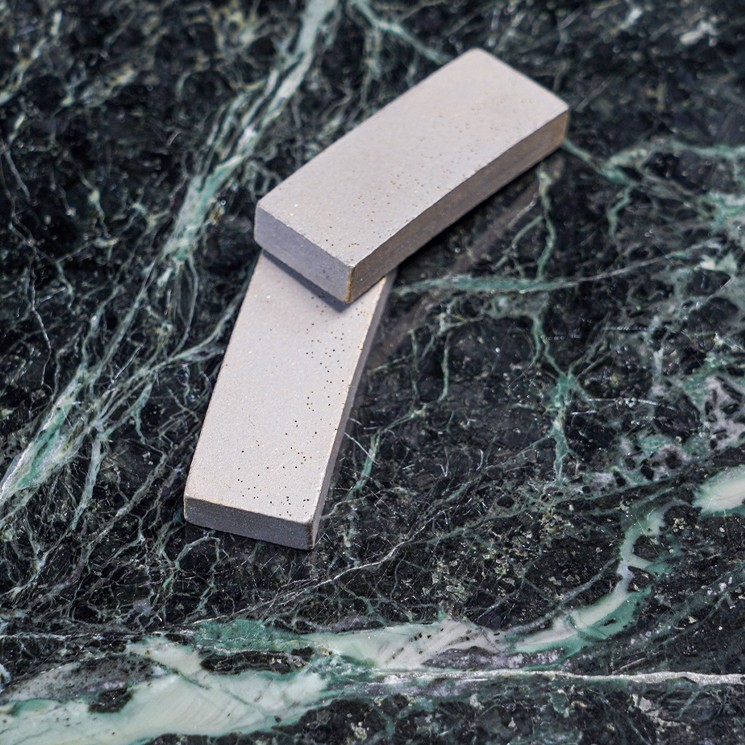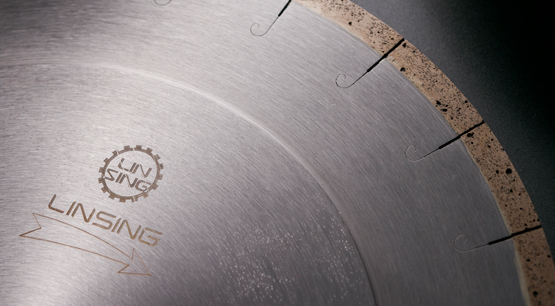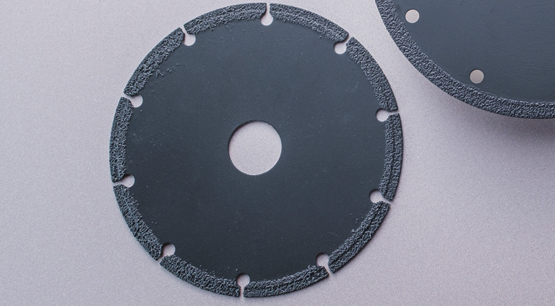The price of diamond segments consists of four parts. The first part is the cost of raw materials, the second part is the processing cost, the third part is the rationalized profit, and the fourth part is that very few segment manufacturers will have some brand added value. The differences in these four aspects make a great difference in the price of diamond segments. Let's discuss it in details:

1: Raw material cost.
The cost of raw materials is also called the cost of raw materials of the segment. The cost of raw materials includes the cost of original raw materials, which is most directly reflected in the purchase of diamonds and metal powders. At present, large diamond segment manufacturers (hereinafter referred to as large factories) have great advantages in purchasing high-quality diamonds. In terms of metal powder, large factories often have some closely related or subordinate subsidiaries to produce and supply powder, so if large factories use raw materials of the same quality, the cost of raw materials for large factories will definitely be lower.
The cost of raw materials often accounts for more than 50% of the price of the segment. It stands to reason that the larger the manufacturer, the cheaper the price of the diamond segment. But such an important determinant cannot be determined according to the law of market development, because the raw material cost of the major manufacturer needs to be added to the follow-up management costs, such as the equipment and personnel for the preliminary inspection of diamond and powder, the inspection equipment and personnel for each process in the diamond segment processing process, and the claim of the segment in the later use process. All lead to the raw material of the diamond segment, although it occupies the absolute position of the segment. Most of the cost, but does not play a decisive price factor.
At present, various diamond manufacturers compete on the market, so the quality and price of products are also uneven. And the price of raw materials is constantly fluctuating, which intensifies the price difference of raw materials for diamond segments. Therefore, if high-quality raw materials are used, the price is more than 150% higher than that of diamond or powder processed with lower-quality or secondary materials, and this situation will be exacerbated as diamond prices fall.
2: Production management costs.
The management cost of a large factory is far from the management cost of a small factory. There are mainly differences in several aspects:
Differences in quality control; In order to control the quality of the segment, large factories often do better quality inspection, while most small factories do not have such conditions.
Differences in after-sales; Large factories often sell products with quality problems, while small factories often do not make claims.
Managers; The management of large factories is relatively standardized. If there is a problem, the responsible person can be found directly. However, small factories often cannot track down the responsible person, so there are often problematic segments, and similar problems will occur next time.
In terms of management costs, it often accounts for 10%-30% of the expenses of a factory. Under different price ratios, the cost difference is even wider, but the stable products provided by large manufacturers are incomparable to small manufacturers, and the low management costs of small manufacturers give them some advantages in terms of price.

3: Reasonable profit.
Pursuit of profit is the premise of the healthy development of an enterprise. Employees, equipment, R&D, and innovation all require a lot of capital investment. In 2022, the gross profit of the diamond segment industry will remain at around 5-25%. The bigger the manufacturer, the higher the profit point, the smaller the manufacturer, the lower the profit point, so that the small manufacturer can barely survive in the long-term development, without the possibility of further development.
4: Brand added value. This is also some value that only big manufacturers have, and the added value is often slightly higher than other brands.
Through the above four reasons, we have analyzed that the diamond segment is not the cheaper the better. The big manufacturers have their own advantages. They can do better in terms of segment quality, stable products and better performance. Although the segment of the small factory is cheap, if the small factory wants to make a better segment, while the cost of raw materials increases, it must also take into account the increase in management costs and the investment in later research and development profits, the price will not be too cheap.
Of course, if some manufacturers enter the market for the first time, there will be a wave of low-price promotions. Once this period of time has passed, whether large or small, taking the low-price route has not solved the fundamental problem of customers, and can only occupy the market in a short period of time, failing to achieve the purpose of long-term stable occupation of the market. Only quality, and stability can be followed up continuously to make good diamond segment products.











